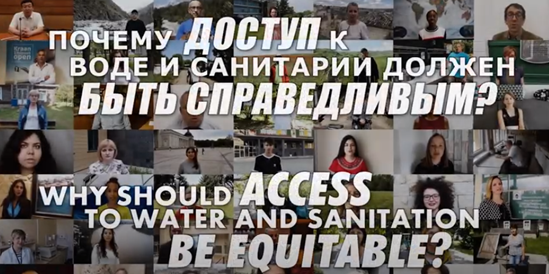Addressing sanitation challenges in the European Region
Sanitation is defined as access to and use of facilities and services for the safe disposal of human urine and faeces. Access to safely managed sanitation plays a crucial role in protecting public health and in reducing the global infectious disease burden.
In the WHO European Region, sanitation still poses various challenges, giving rise to the spread of disease and broader impacts on well-being.
- More than 300 000 people still practice open defecation.
- More than 36 million people lack access to basic sanitation services on premises, as well as in institutional settings, such as schools and health care facilities.
- The release of untreated urban wastewater to the environment damages water ecosystems and exposes local communities to pollution.
- Inequalities in access to basic sanitation services persist, especially between rural and urban areas, rich and poor communities, and disadvantaged and general populations.
Addressing sanitation challenges remains a high priority in the Region. While closing the sanitation gap in the Region requires significant public investment, this is cost-effective: US$ 1 spent on improving sanitation brings a return of US$ 5 by keeping people healthy and productive.
WHO promotes the sanitation safety plan (SSP) approach in support to country efforts towards achieving Sustainable Development Goal (SDG) target 6.2 on providing access to adequate and equitable sanitation and hygiene for all by 2030. The SSP approach is a means to manage systematically health risks along the entire sanitation chain, from collection of human waste to disposal or reuse of wastewater. It is a tool based on risk-based principles, which aims to ensure safely managed sanitation services. Key steps in SSP development include:
- description of the sanitation system;
- identification of hazards and hazardous events, and the assessment of associated health risks;
- development and implementation of an incremental improvement plan to mitigate the identified risks;
- establishment of effective control measures and monitoring of their performance;
- regular review of the risk assessment and management plans.
The SSP approach supports the implementation of WHO’s “Guidelines on sanitation and health” (2018) and “Guidelines for the safe use of wastewater, excreta and greywater” (2006). The Declaration of the Sixth Ministerial Conference on Environment and Health and the Protocol on Water and Health promote the adoption of the SSP approach in policies, regulations and practice across the Region.









